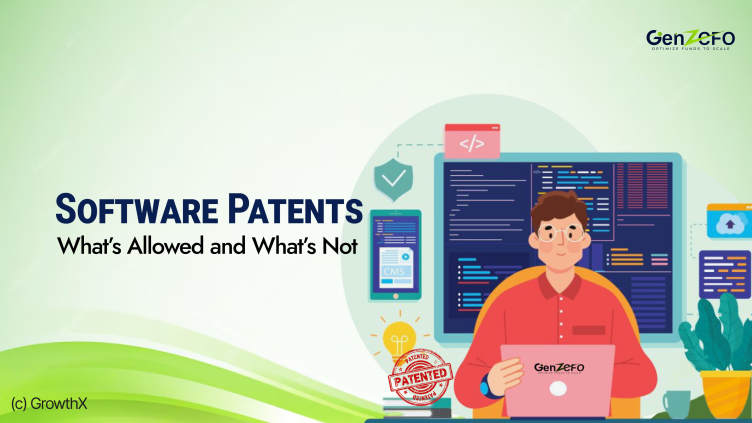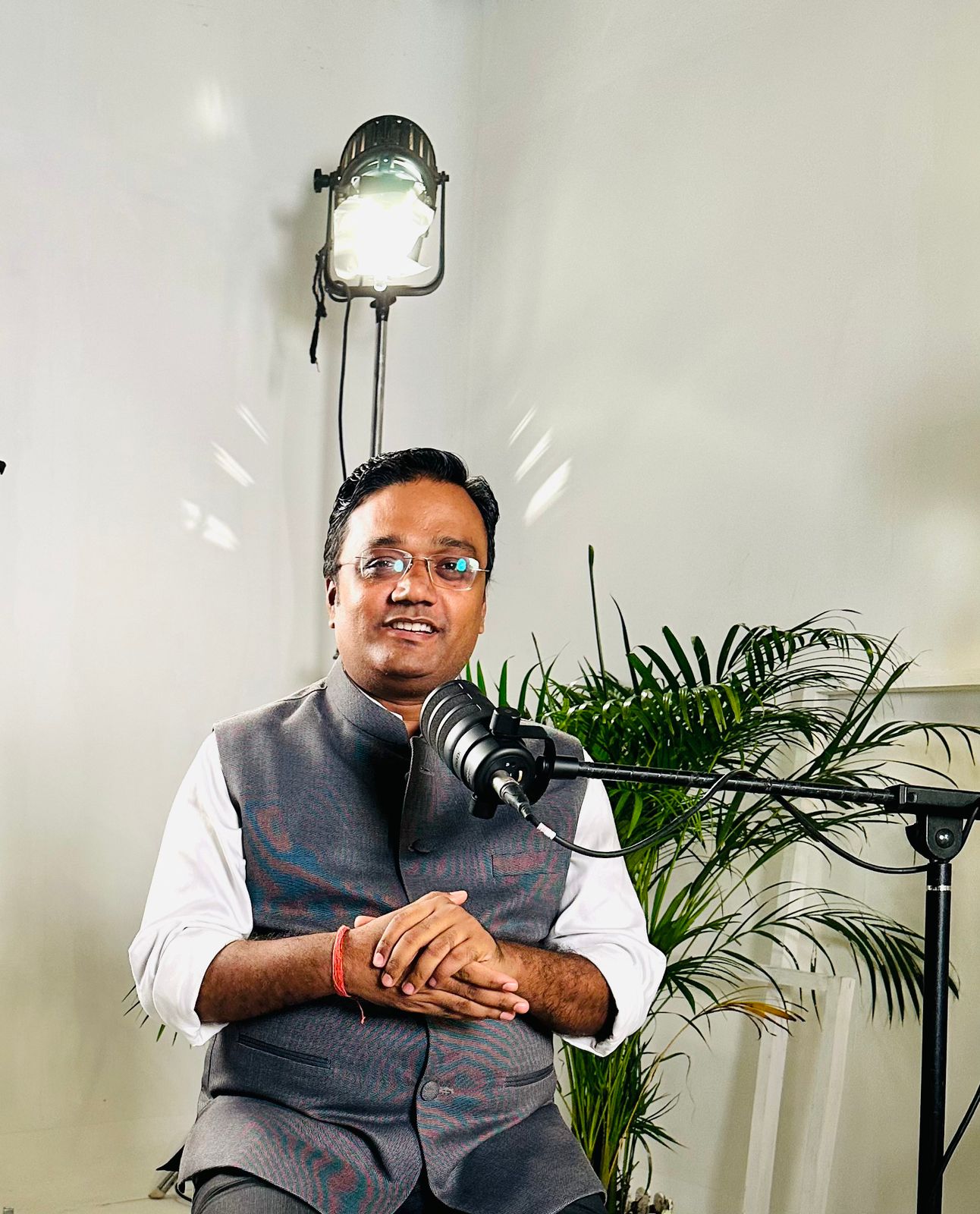As per Section 2(1)(j) of the Indian Patents Act, 1970, an "invention" is defined as a new product or process that involves an inventive step and is capable of industrial application. For any software-related invention to qualify for a patent, it must meet this basic definition. This means the software must be novel, meaning it hasn’t been publicly disclosed anywhere before the date of filing. It should also be inventive, implying that the idea is not obvious to someone skilled in the relevant field. Additionally, it must be industrially applicable, meaning it can be used in some form of industry or practical setting. However, even if a software invention meets all these conditions, it may still not be patentable. This is because Section 3 of the Act outlines a list of items that are specifically excluded from the scope of patentability, which includes certain types of software, placing a legal limitation on what qualifies as an invention.
Software Patents in India: What’s Allowed and What’s Not

Software has become an essential part of everyday technology, shaping the way we work, communicate, and innovate. Whether it’s artificial intelligence, mobile apps, cloud services, or smart machines, software is at the heart of innovation. But in India, getting a patent for software is not straightforward. The Indian Patents Act, 1970 puts certain limits on what kind of software can be patented. While some countries allow software patents under certain rules, India only allows it when the software has a technical purpose or is connected with hardware. Many types of software are still not eligible. This article explains in simple terms what types of software can be patented in India, what cannot, and how the courts and the Indian Patent Office have looked at software patents in recent times.
In this article, CA Manish Mishra talks about Software Patents in India: What’s Allowed and What’s Not.
Statutory Framework: Indian Patents Act, 1970
The Indian Patents Act, 1970 (as amended) lays the foundation for determining what is patentable and what is not. The two most relevant sections for understanding software patentability are:
Section 2(1)(j) – Definition of Invention
Section 3(k): The Crux of Software Patent Law in India
The most significant legal barrier to software patenting in India lies in Section 3(k) of the Indian Patents Act, which states that “a mathematical or business method or a computer program per se or algorithms are not inventions.” This provision specifically excludes mathematical methods, business methods, algorithms, and computer programs per se from being considered as patentable inventions. The term “per se”, although not explicitly defined in the Act, plays a crucial role in interpretation. It suggests that pure software, which lacks any technical contribution or integration with hardware, is not eligible for patent protection. This restriction ensures that abstract ideas or mental processes are not monopolized through patents, thereby preserving a fair and open environment for innovation and preventing undue advantage in fields where free access to foundational ideas is important.
When Software Is Patentable: The “Technical Effect” Exception
Over time, the interpretation of the phrase “computer program per se” has evolved, guided by judicial rulings, Patent Office practices, and detailed policy guidelines. While pure software remains excluded from patent protection under Indian law, there is now a clear understanding that software-based inventions can be patentable if they demonstrate a “technical effect” or a “technical contribution.”
The term “technical effect” refers to the actual improvement a software brings to a technical process or system. As outlined in the 2017 Guidelines for Examination of Computer-Related Inventions (CRI Guidelines), examples of technical effects include faster processing speeds, reduced hard disk access time, more efficient memory usage, enhanced user interfaces, stronger control over computer resources, and improved search functionalities.
Therefore, if a software-driven invention significantly improves the functioning of a machine, enhances hardware performance, or solves a technical problem in a novel way, it may qualify for patent protection under Indian patent law even if it involves a computer program. The focus lies on the technical outcome, not just the software code.
Guidelines for Examination of Computer-Related Inventions (CRI)
The Indian Patent Office (IPO) released updated Guidelines for Examination of Computer-Related Inventions (CRI) on June 30, 2017. These guidelines play a important role in shaping how software patent applications are examined.
Key Takeaways from CRI Guidelines:
-
Substance Over Form: Merely using terms like “processor”, “memory”, or “computer-readable medium” does not make a claim patentable. The actual substance must be technical.
-
Claim Drafting Matters: Claims must not disguise non-patentable software as hardware-based inventions without real integration.
-
Integrated Software-Hardware: If a software is embedded in hardware or results in a hardware transformation, the invention may be patentable.
-
Technical Advancement: The applicant must demonstrate how the software contributes to a technical advancement.
These guidelines, while not legally binding, guide patent examiners in scrutinizing software-based inventions.
Judicial Interpretations on Software Patents
The Indian judiciary has interpreted Section 3(k) in several key cases, which have shaped the understanding of software patentability.
1. Ferid Allani v. Union of India & Others (Delhi High Court, 2019)
In Ferid Allani v. Union of India (2019), the Delhi High Court held that software-based inventions are patentable if they show a technical effect or contribution. The Court criticized the Patent Office for mechanically applying Section 3(k) and stressed evaluating the invention’s technical merit, not just its software nature.
2. Ericsson v. Intex & Micromax
Though this case involved enforcement of Standard Essential Patents (SEPs) related to mobile communication, it drew attention to software embedded in hardware systems, such as signal processing or radio transmission. It highlighted the commercial and strategic value of software patents in India.
Software Patents in Practice: What Can Be Granted?
In India, software-related inventions may be granted patents if they demonstrate a technical effect or are closely integrated with hardware components. For instance, innovations like an AI algorithm that enhances autonomous vehicle control, image recognition tools in medical devices, or software-hardware systems managing power in robotics are considered patentable. Similarly, cryptographic software that strengthens digital security may qualify for protection. However, such inventions must go beyond mere programming they should produce a concrete technical outcome or interact with hardware in a meaningful way. Abstract software solutions or algorithms without technical contribution remain non-patentable.
Patent Application Process for Software-Related Inventions
Despite restrictions, inventors may apply for software patents by following a strategic approach:
-
Patentability Search: Conduct a prior art search to check if the invention is novel.
-
Drafting the Specification: Describe the invention as a technical solution to a technical problem. Avoid vague or abstract descriptions.
-
Drafting Strong Claims: Ensure claims show how the software achieves a technical effect or controls hardware. Use system or method claims over pure algorithmic claims.
-
Filing with IPO: Submit Form 1 (Application), Form 2 (Specification), Form 5 (Inventorship), and Form 18 (Request for Examination).
-
Responding to Objections: If objections under Section 3(k) arise, present arguments and evidence for the invention’s technical contribution.
-
Grant or Hearing: If accepted, the patent is granted. If not, hearings or appeals may follow.
Recent Developments and Trends
1. Increasing Focus on AI, IoT, and Blockchain
There is a surge in patent filings related to artificial intelligence, machine learning, and IoT. Many of these inventions are software-driven but hardware-implemented, making them borderline patentable under Indian law.
2. NASSCOM & Industry Representation
Indian IT industry bodies such as NASSCOM have advocated for more inclusive software patent laws to foster innovation and align with global standards.
3. International Comparison
While the US (under the Alice Corp. v. CLS Bank ruling) and EU (under EPO guidelines) provide broader leeway for software patenting, India remains conservative. Applicants often file internationally through the PCT (Patent Cooperation Treaty) to secure broader protection.
Challenges Faced by Inventors
-
High Rejection Rate under Section 3(k): Many software applications are rejected as “computer programs per se” due to lack of hardware integration or clearly defined technical contribution in early-stage innovations.
-
Unclear Definition of “Technical Effect”: Patent law doesn’t clearly define what qualifies as a technical effect, leading to different interpretations by examiners and inconsistent decisions on similar software-based applications.
-
Lengthy Examination Process: The patent process for software can involve several rounds of objections, written replies, and hearings, making it slow and difficult, especially for startups and small inventors.
-
Poor Claim Drafting: Applications with vague, abstract, or overly broad claims often face rejection, even when the underlying invention is technically sound and has clear industrial application.
-
Lack of Examiner Consistency: Examiners may interpret software claims differently, resulting in varied outcomes for similar inventions, adding to applicant confusion and lowering confidence in the examination process.
Conclusion
India does not completely ban software patents, but its laws set a high bar to ensure that only genuine technological advancements get protection. Under Section 3(k), a computer program "per se" is not patentable; however, if the invention demonstrates a technical effect, solves a technical problem, or is implemented with hardware, it can be patented.
With evolving jurisprudence, particularly after the Ferid Allani judgment, and increasing demand from the software industry, the Indian software patent landscape is gradually moving toward a balanced approach. Innovators must work within the legal framework using well-drafted claims, focusing on hardware-software integration, and providing evidence of technical contribution to maximize their chances of securing a software patent in India.
Frequently Asked Questions (FAQs)
Q1. Is software patentable in India?
Ans. Not in all cases. Under Section 3(k) of the Indian Patents Act, "a computer program per se" is not patentable. However, if the software demonstrates a technical effect, solves a technical problem, or is integrated with hardware, it may be considered patentable.
Q2. What does “per se” mean in Section 3(k)?
Ans. The term "per se" refers to pure software or code without any technical application or hardware interaction. Such software is not patentable in India. However, if the software goes beyond a mathematical method or business process and results in a technical contribution, it may qualify for a patent.
Q3. What types of software are patentable in India?
Ans. Software that:
-
Is integrated with hardware,
-
Provides a technical solution to a technical problem,
-
Produces a tangible technical effect (e.g., improved hardware performance, enhanced security, better data processing),
may be patentable.
Q4. Can a mobile application be patented in India?
Ans. Yes, but only if the mobile app provides a technical effect, such as interaction with a device, system control, or improvement in technical function. The underlying innovation must go beyond user interface or data display.
Q5. What are some examples of patentable software inventions in India?
Ans. Examples include:
-
Software controlling industrial machines or robotic arms.
-
Encryption software improving data security.
-
AI algorithms embedded in medical diagnostic devices.
-
Embedded systems for power-efficient computing.
Q6. What documents are required to apply for a software patent in India?
Ans. The main documents include:
-
Patent Application Form (Form 1)
-
Complete Specification (Form 2)
-
Statement of Undertaking (Form 3)
-
Declaration of Inventorship (Form 5)
-
Request for Examination (Form 18)
-
Technical drawings or flowcharts, if applicable


 CA Manish Mishra
CA Manish Mishra